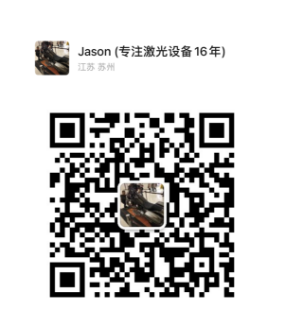In today's competitive market environment, companies face various threats of counterfeit and imitation products, which will not only affect brand reputation, but also lead to economic losses. Therefore, the demand for anti-counterfeiting labels is becoming increasingly urgent, mainly reflected in the following aspects:
1. Consumers' demand for product safety and trust
Enhance consumer confidence: When choosing products, consumers pay more attention to the authenticity and safety of products. Effective anti-counterfeiting labels can make consumers trust the brand more and enhance their willingness to buy.
Information transparency: Anti-counterfeiting labels can provide information about product sources, production batches, etc., to help consumers make wise choices and ensure that the goods they buy meet safety standards.
2. The need for companies to protect brands and market share
Maintain brand image: The proliferation of counterfeits will seriously damage the image of legitimate brands. Through effective anti-counterfeiting measures, companies can maintain the uniqueness and market position of their brands.
Prevent economic losses: The circulation of counterfeit and imitation products will cause a lot of direct economic losses to companies, including reduced sales and infringement of market share. Perfect anti-counterfeiting labels can effectively curb this phenomenon and protect corporate profits.
3. Requirements of laws, regulations and industry standards
Compliance: With the government and industry regulators paying more attention to anti-counterfeiting measures, it has gradually become a requirement of laws and regulations for companies to mark anti-counterfeiting information on their products. Meeting relevant laws and regulations is not only the responsibility of companies, but also an important measure to safeguard the rights and interests of consumers.
Industry competition and standardization: The demand for anti-counterfeiting labels in various industries has also promoted the establishment of industry standards, requiring companies to keep up with the trend and improve their competitiveness in product labeling.
4. Technological progress and the need for traceability systems
Technological innovation: With the development of laser marking technology, QR code, RFID and other technologies, companies can adopt safer and more convenient anti-counterfeiting labeling methods to meet the ever-changing market needs.
Product traceability: Modern consumers are increasingly concerned about the source and traceability information of products. Anti-counterfeiting labels can be combined with database systems to help companies achieve full-process traceability from production to sales and improve product transparency.
5. Challenges of the global market
Transnational counterfeiting: In the global market, counterfeiting and imitation often occur across borders. Therefore, companies need to adopt more complex and effective anti-counterfeiting labels to deal with diverse fraud methods.
Cultural adaptability: Consumers in different regions have different understandings and acceptance of anti-counterfeiting labels. Companies need to take these cultural differences into account when designing anti-counterfeiting labels to adapt to the needs of the global market.
The demand for anti-counterfeiting labels continues to rise, and companies need to pay close attention to consumer expectations, changes in the market environment, and technological advances to design and implement effective anti-counterfeiting measures. Laser marking technology has become an important tool for implementing anti-counterfeiting labels due to its efficiency, durability, and flexibility, providing companies with new opportunities, helping to enhance brand value and market competitiveness. Click here for more information now












































